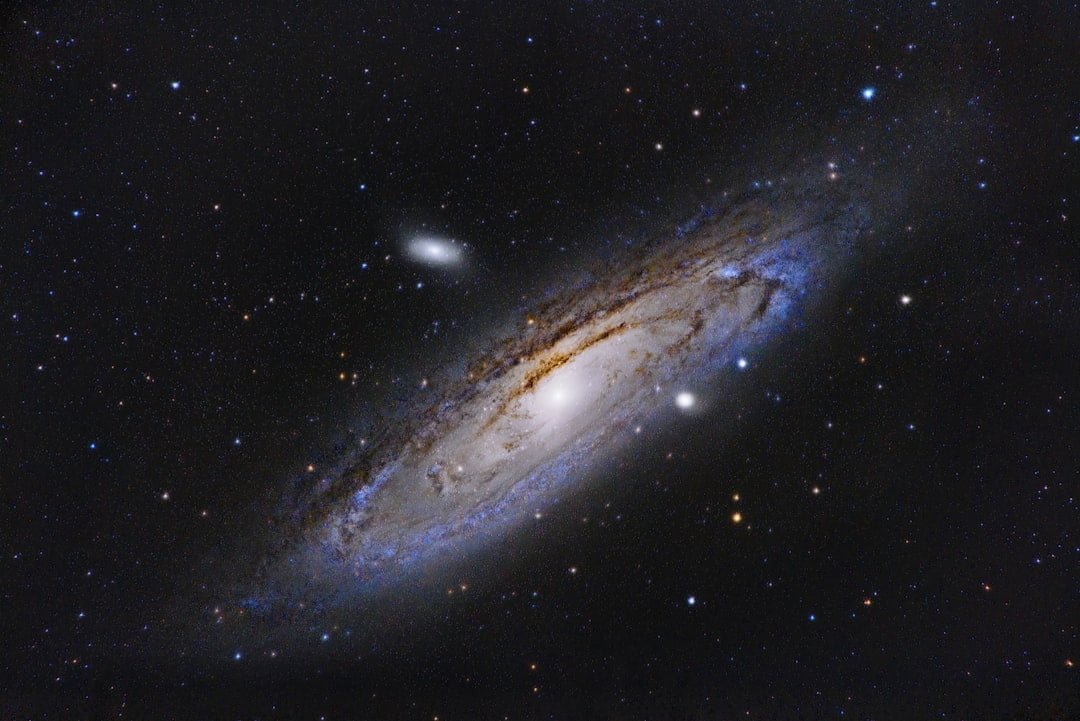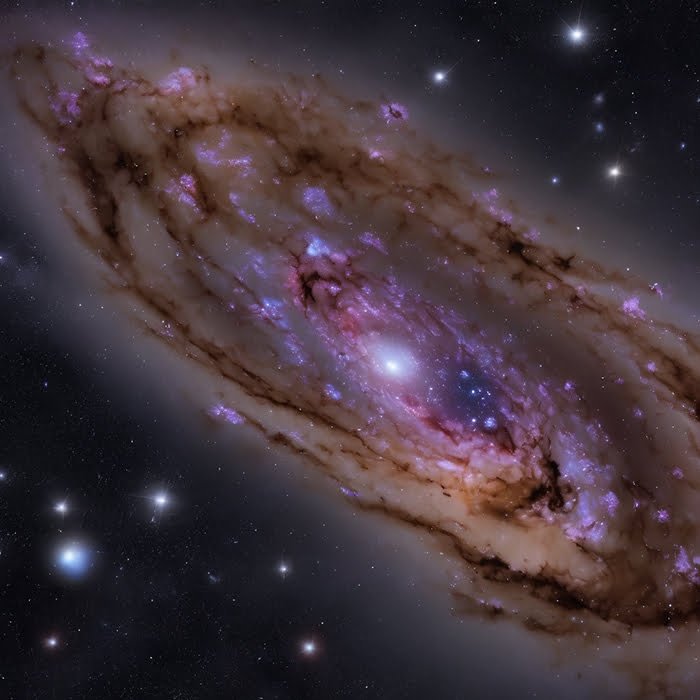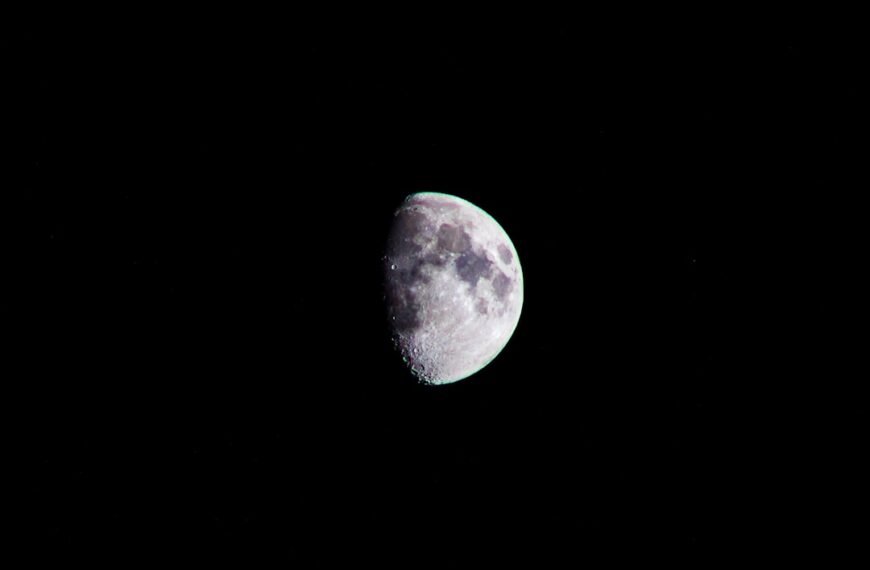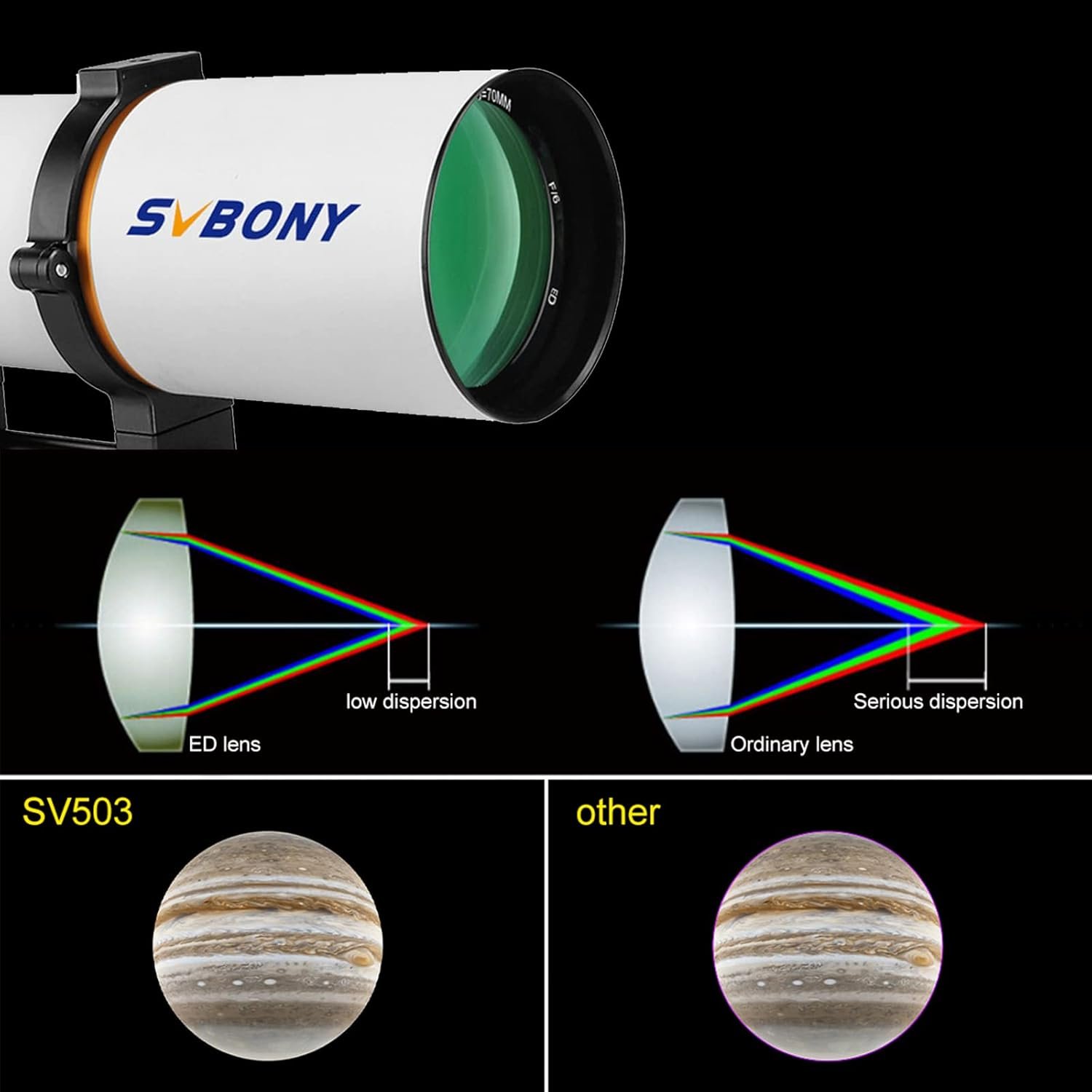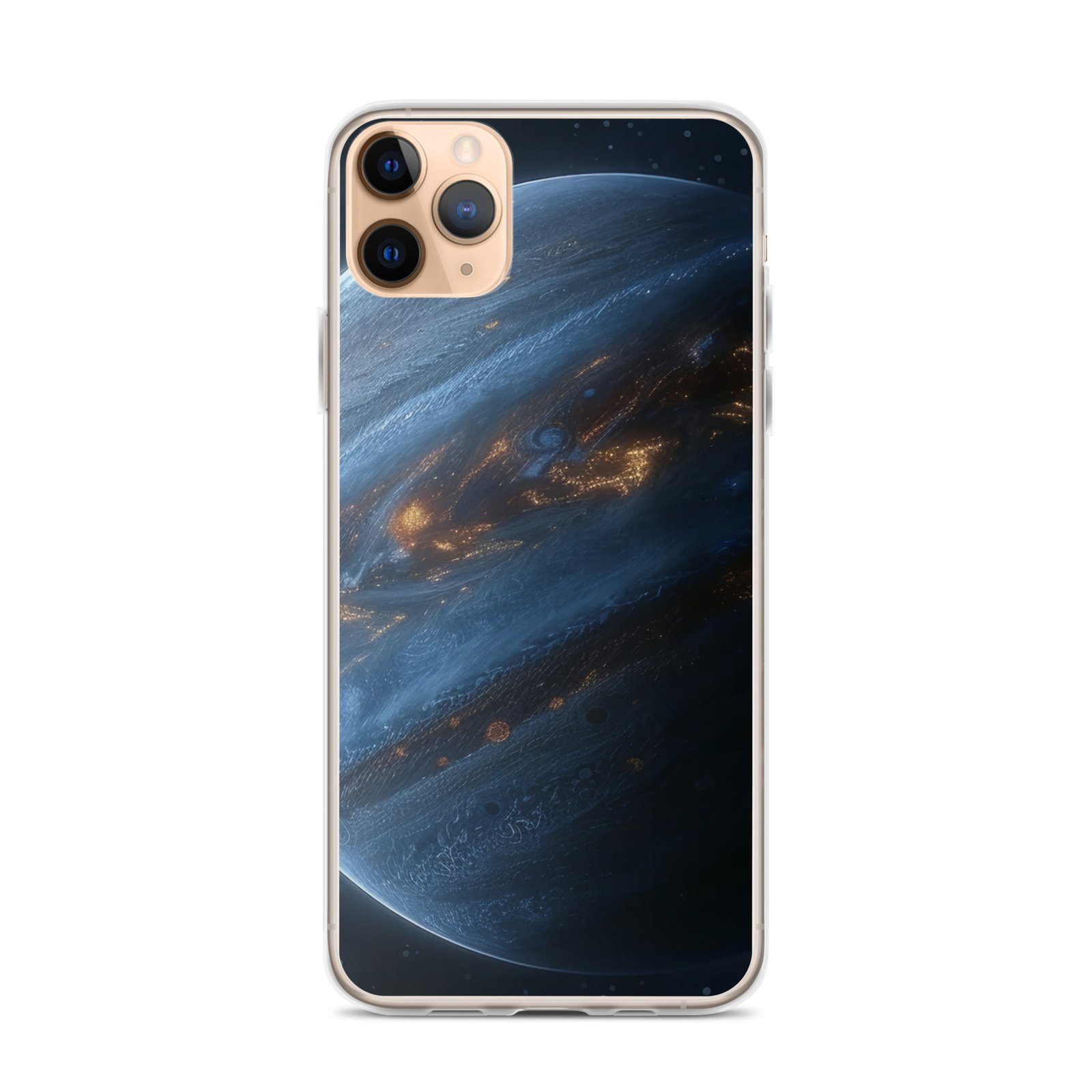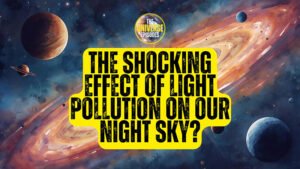The holographic universe theory is a fascinating concept that challenges our understanding of reality. It suggests that the three-dimensional world we perceive is actually a projection of information encoded on a two-dimensional surface. This theory has gained significant attention in recent years, as scientists and philosophers alike grapple with the implications it holds for our understanding of the universe. Understanding the holographic universe theory is crucial because it has the potential to revolutionize our understanding of reality and reshape various fields of study.
Key Takeaways
- The holographic universe theory suggests that the universe is a 3D projection of information stored on a 2D surface.
- The concept of a holographic universe has been around for decades, with roots in black hole physics and string theory.
- Evidence supporting the theory includes the discovery of patterns in the cosmic microwave background radiation and the behavior of particles in a black hole.
- Arguments against the theory include the lack of direct empirical evidence and the challenge of reconciling it with the laws of physics.
- The role of consciousness in a holographic universe is a topic of debate, with some suggesting that our perception of reality is a product of the holographic projection.
- Living in a holographic universe would have profound implications for our understanding of reality, including the possibility of parallel universes and the nature of time.
- The relationship between holographic universe theory and quantum mechanics is complex, with some suggesting that the theory could provide a unifying framework for understanding the behavior of particles at the quantum level.
- The search for empirical evidence of a holographic universe is ongoing, with experiments underway to test the theory’s predictions.
- The impact of a holographic universe on our understanding of reality would be significant, challenging our assumptions about the nature of space, time, and consciousness.
- The debate over whether the universe is truly holographic is ongoing, with proponents and skeptics continuing to explore the theory’s implications and limitations.
The concept of a holographic universe: what is it?
The holographic universe theory proposes that the information that makes up our reality is encoded on a two-dimensional surface, much like a hologram. This means that the three-dimensional world we perceive is actually a projection of this encoded information. In other words, our reality is like a hologram, where every part contains information about the whole.
Key concepts and terms associated with the holographic universe theory include “holography,” “hologram,” and “information encoding.” Holography refers to the process of creating or displaying holograms, which are three-dimensional images formed by the interference of light waves. In the context of the holographic universe theory, holography is used as an analogy to explain how our reality may be constructed.
Information encoding refers to the idea that all the information needed to create our reality is stored on a two-dimensional surface. This surface, often referred to as the “holographic screen,” contains all the necessary data to project a three-dimensional world. This concept challenges our traditional understanding of how reality is constructed and suggests that our perception of space and time may be illusory.
The history of holographic universe theories
The concept of a holographic universe has roots in ancient philosophical and spiritual traditions. For example, in Hinduism, the idea of Maya suggests that the physical world is an illusion or projection of a deeper reality. Similarly, in Buddhism, the concept of emptiness suggests that all phenomena are empty of inherent existence and are merely projections of the mind.
In the scientific realm, the holographic universe theory gained traction in the late 20th century with the work of physicist David Bohm and neurophysiologist Karl Pribram. Bohm proposed that the universe is fundamentally holographic in nature, with each part containing information about the whole. Pribram, on the other hand, suggested that the brain operates like a hologram, processing information in a similar way.
Over time, the holographic universe theory has evolved and gained support from various scientific disciplines. It has become a topic of interest in fields such as astrophysics, cosmology, and quantum mechanics. The theory continues to be refined and expanded upon as new evidence and insights emerge.
The evidence supporting the holographic universe theory
There is a growing body of evidence that supports the holographic universe theory. Scientific studies and experiments have provided insights into how our reality may be constructed and have yielded results consistent with the holographic model.
One line of evidence comes from studies in quantum mechanics, which suggest that particles can be interconnected in ways that cannot be explained by classical physics. This phenomenon, known as quantum entanglement, supports the idea that information can be encoded and transmitted instantaneously across vast distances.
Observations in astrophysics and cosmology also provide support for the holographic universe theory. For example, studies of black holes suggest that they have an event horizon, a boundary beyond which nothing can escape. This event horizon can be thought of as a two-dimensional surface that encodes all the information about what falls into the black hole. This is consistent with the holographic principle, which suggests that all the information needed to describe a three-dimensional volume can be encoded on its boundary.
The arguments against the holographic universe theory
While the holographic universe theory has gained support from various scientific disciplines, it is not without its critics. Some argue that the theory is too speculative and lacks empirical evidence. They suggest that alternative explanations can account for the observed phenomena without invoking a holographic model.
One criticism of the holographic universe theory is that it relies on the assumption that information can be encoded on a two-dimensional surface. Critics argue that this assumption is not well-supported and that there may be other ways in which information can be stored and processed.
Another challenge to the holographic universe theory comes from the field of neuroscience. Some neuroscientists argue that our perception of reality is shaped by the brain’s processing of sensory information, rather than by an underlying holographic structure. They suggest that our experience of a three-dimensional world is a result of the brain’s interpretation of sensory input, rather than a projection from a two-dimensional surface.
The role of consciousness in a holographic universe

One of the most intriguing aspects of the holographic universe theory is its connection to consciousness. Some proponents of the theory argue that consciousness plays a fundamental role in shaping our reality. They suggest that our consciousness interacts with the holographic information encoded on the two-dimensional surface, giving rise to our experience of a three-dimensional world.
This idea aligns with certain spiritual and philosophical beliefs that posit consciousness as a fundamental aspect of reality. For example, in Advaita Vedanta, a school of Hindu philosophy, it is believed that consciousness is the ultimate reality and that all phenomena are manifestations of this consciousness.
The holographic universe theory also raises questions about the nature of perception and subjective experience. If our reality is indeed a projection from a two-dimensional surface, then what does this mean for our understanding of perception? How does our consciousness interact with this holographic information to create our experience of reality? These are complex questions that continue to be explored by scientists and philosophers.
The implications of living in a holographic universe
If the holographic universe theory is true, it would have profound implications for our understanding of the world. It would challenge our traditional notions of space, time, and causality, and force us to rethink the nature of reality.
One potential practical application of the holographic universe theory is in the field of virtual reality. If our reality is fundamentally holographic in nature, then it may be possible to create immersive virtual environments that are indistinguishable from physical reality. This could have implications for fields such as entertainment, education, and therapy.
The holographic universe theory also has implications for our understanding of consciousness and the mind-body relationship. If consciousness plays a fundamental role in shaping our reality, then it raises questions about the nature of consciousness itself. It suggests that consciousness may be more than just a byproduct of brain activity and that it may have a deeper connection to the fabric of reality.
The relationship between holographic universe theory and quantum mechanics
The holographic universe theory intersects with quantum mechanics in several ways. Quantum mechanics is the branch of physics that describes the behavior of particles at the smallest scales. It has been incredibly successful in explaining a wide range of phenomena, but it also poses challenges to our understanding of reality.
One way in which quantum mechanics supports the holographic universe theory is through the phenomenon of quantum entanglement. As mentioned earlier, quantum entanglement suggests that particles can be interconnected in ways that cannot be explained by classical physics. This supports the idea that information can be encoded and transmitted instantaneously across vast distances, as proposed by the holographic model.
Quantum mechanics also raises questions about the nature of space and time, which are central to the holographic universe theory. In quantum mechanics, particles can exist in multiple states simultaneously and can exhibit non-local behavior. This challenges our traditional understanding of space and time as separate and independent entities.
The search for empirical evidence of a holographic universe
While there is growing evidence to support the holographic universe theory, finding concrete empirical evidence remains a challenge. The nature of the theory makes it difficult to design experiments that can directly test its predictions.
One approach to finding empirical evidence is through the study of black holes. As mentioned earlier, black holes have an event horizon, which can be thought of as a two-dimensional surface that encodes all the information about what falls into the black hole. By studying the behavior of matter and energy near black holes, scientists hope to gain insights into how information is encoded and processed in a holographic universe.
Another approach is through the study of quantum systems. Quantum mechanics provides a framework for understanding how particles can be interconnected and how information can be encoded and transmitted. By studying the behavior of quantum systems, scientists hope to uncover clues about the underlying structure of reality.
The impact of a holographic universe on our understanding of reality
If the holographic universe theory is true, it would have far-reaching implications for our understanding of reality. It would challenge our traditional notions of space, time, and causality, and force us to rethink the nature of existence.
One potential impact is in the field of physics. The holographic universe theory suggests that our reality may be fundamentally different from what we perceive it to be. This could lead to new theories and models that better explain the behavior of particles and the nature of space-time.
The holographic universe theory also has implications for philosophy and spirituality. It raises questions about the nature of consciousness and its relationship to reality. It challenges our understanding of subjective experience and suggests that our perception of reality may be shaped by more than just sensory input.
The ongoing debate: is the universe truly holographic?
The holographic universe theory continues to be a topic of debate among scientists, philosophers, and theologians. While there is growing evidence to support the theory, there are also valid criticisms and alternative explanations that need to be considered.
Proponents of the holographic universe theory argue that it provides a more elegant and comprehensive explanation for a wide range of phenomena. They suggest that the holographic model can account for the interconnectedness of particles, the behavior of black holes, and the nature of consciousness.
Critics, on the other hand, argue that the holographic universe theory is too speculative and lacks empirical evidence. They suggest that alternative explanations, such as quantum field theory or information theory, can account for the observed phenomena without invoking a holographic model.
The current state of the debate is one of ongoing exploration and discovery. Scientists and philosophers continue to investigate the holographic universe theory and its implications, hoping to find new insights and evidence that can shed light on the nature of reality.
The holographic universe theory is a fascinating concept that challenges our understanding of reality. It suggests that our perception of a three-dimensional world may be a projection from a two-dimensional surface. Understanding this theory is crucial because it has the potential to revolutionize our understanding of the universe and reshape various fields of study.
While there is growing evidence to support the holographic universe theory, finding concrete empirical evidence remains a challenge. The nature of the theory makes it difficult to design experiments that can directly test its predictions. However, ongoing research and exploration continue to shed light on this intriguing concept.
Regardless of whether the holographic universe theory is ultimately proven true or not, it has already had a significant impact on our understanding of reality. It has challenged our traditional notions of space, time, and causality, and forced us to question the nature of existence. The holographic universe theory continues to be a topic of debate and exploration, as scientists and philosophers strive to uncover the secrets of our universe.
Do we live in a holographic universe, as some theories suggest? If you’re intrigued by this mind-bending concept, you’ll definitely want to check out “The Universe Episodes” blog. They have an insightful article that delves into the possibility of our reality being a hologram. This thought-provoking piece explores the fascinating theories and evidence behind this idea. To read more about it, visit The Universe Episodes. Prepare to have your perception of reality challenged!
FAQs
What is a holographic universe?
A holographic universe is a theory that suggests that the universe is a hologram, meaning that it is a three-dimensional image projected from a two-dimensional surface.
What evidence supports the holographic universe theory?
The holographic universe theory is based on mathematical models and observations of the universe’s behavior at the quantum level. Some scientists believe that the theory could explain certain phenomena, such as the universe’s apparent flatness and the behavior of black holes.
What are the implications of the holographic universe theory?
If the holographic universe theory is true, it would mean that our perception of reality is an illusion and that the universe is fundamentally different from what we currently understand. It could also have implications for our understanding of physics and the nature of consciousness.
Is the holographic universe theory widely accepted?
The holographic universe theory is still a topic of debate among scientists, and there is not yet enough evidence to fully support or refute the theory. Some scientists believe that it is a promising avenue for further research, while others are more skeptical.
What are some criticisms of the holographic universe theory?
Critics of the holographic universe theory argue that it is based on incomplete or flawed mathematical models and that there is not enough empirical evidence to support the theory. Some also argue that the theory is too speculative and that it is not yet possible to test its predictions.

